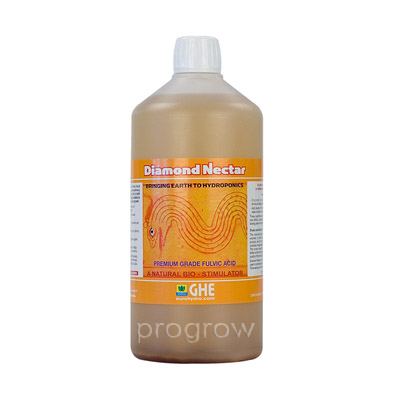B
British_Hempire
Guest
Ello folks
Getting to thinking about setting up a new grow and was running down what I need to buy for my coco method so I figured why not share the details of how I grow.
Veg Nutrients:
1. Seaweed Extract - local UK brand or Vitax or Maxicrop or BioFito, I add this to every nute mix and also use it as a foliar spray.
2. Base Nutrient - I have used Canna Start, Formulex, Bio Biz Grow, Plagron Alga and others, all with good results, I like Fomulex a lot but these days I prefer to stick to organics and Biobizz and Plagron organic nutes have both given me good results in coco.
3. Fish Emulsion, any brand wil do, they have an ec of 5-2-2 or 5-1-1, a great way to given a nitrogen boost without the risk of frying your plants, pongs a bit but is the shizz for vegging big green healthy plants.
4. Liquid Silicon - I use Growth Technology brand because it's the cheapest and it works, give stronger stems and seems to increase overall health.
5. Rooting hormone - I used to use Rhizotonic but Roots Excelurator by H&G is even better, not cheap but works wonderfully well, I add it to every feeding in veg at 0.1ml per litre and I get explosive root growth, the seaweed extract also helps with root growth.
6. Liquid Worm Humus - I use Chempak brand as I can get it locally in the UK and it's cheap compared to other liquid humate products. There are loads of others from AN, GHE and others, I suppose they all work as they all contain humic and fulvic acids.
I start feeding freshly rooted clones and seedlings at ec 1.0, which usually works out at something like 2ml per litre fish emulsion, 2ml/l base nutrient, 2ml/l seaweed extract, 0.5ml/l liquid silicon, 1ml/l worm humus and 0.1ml/l roots excel. I slowly build up the ec levels to 1.4 or 1.5 although as I handwater I tend to alter the ec levels for each plant as I see deficiencies or clawed leaves. To be honest I rarely have any problems with deficiencies or overfert in veg as I use organics nutes with the exception of the liquid silicon.
Any comments on my veg routine?
Getting to thinking about setting up a new grow and was running down what I need to buy for my coco method so I figured why not share the details of how I grow.
Veg Nutrients:
1. Seaweed Extract - local UK brand or Vitax or Maxicrop or BioFito, I add this to every nute mix and also use it as a foliar spray.
2. Base Nutrient - I have used Canna Start, Formulex, Bio Biz Grow, Plagron Alga and others, all with good results, I like Fomulex a lot but these days I prefer to stick to organics and Biobizz and Plagron organic nutes have both given me good results in coco.
3. Fish Emulsion, any brand wil do, they have an ec of 5-2-2 or 5-1-1, a great way to given a nitrogen boost without the risk of frying your plants, pongs a bit but is the shizz for vegging big green healthy plants.
4. Liquid Silicon - I use Growth Technology brand because it's the cheapest and it works, give stronger stems and seems to increase overall health.
5. Rooting hormone - I used to use Rhizotonic but Roots Excelurator by H&G is even better, not cheap but works wonderfully well, I add it to every feeding in veg at 0.1ml per litre and I get explosive root growth, the seaweed extract also helps with root growth.
6. Liquid Worm Humus - I use Chempak brand as I can get it locally in the UK and it's cheap compared to other liquid humate products. There are loads of others from AN, GHE and others, I suppose they all work as they all contain humic and fulvic acids.
I start feeding freshly rooted clones and seedlings at ec 1.0, which usually works out at something like 2ml per litre fish emulsion, 2ml/l base nutrient, 2ml/l seaweed extract, 0.5ml/l liquid silicon, 1ml/l worm humus and 0.1ml/l roots excel. I slowly build up the ec levels to 1.4 or 1.5 although as I handwater I tend to alter the ec levels for each plant as I see deficiencies or clawed leaves. To be honest I rarely have any problems with deficiencies or overfert in veg as I use organics nutes with the exception of the liquid silicon.
Any comments on my veg routine?







